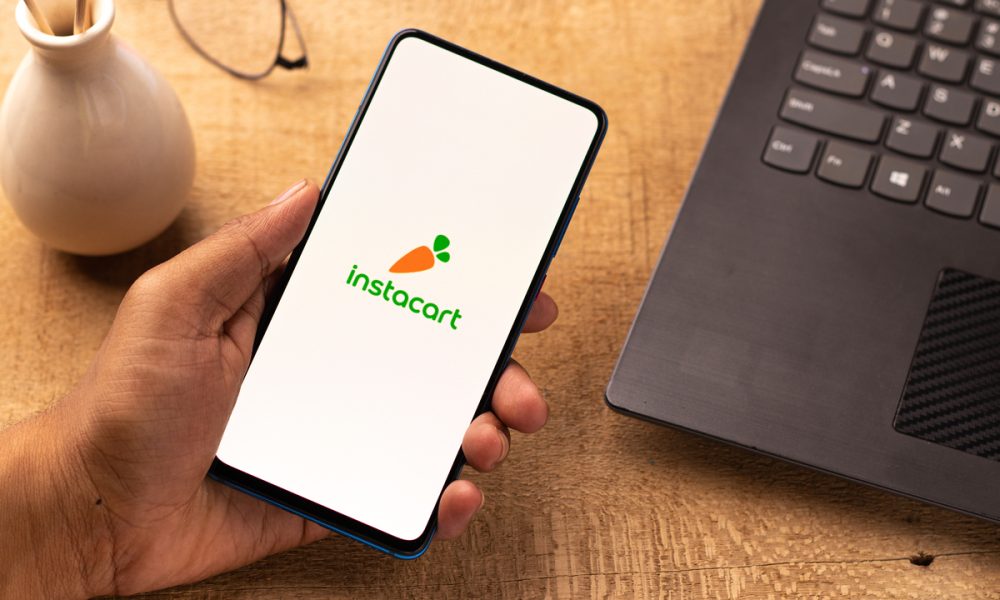
With its latest initiative, Instacart is firing back at the leading restaurant aggregators, such as DoorDash, Uber Eats and Grubhub, which have been moving further into the grocery delivery space. Now, Instacart is retaliating, selling hot food.
The news comes as grocers are increasingly trying to reposition themselves as not only purveyors of ingredients but as one-stop shops meeting all of consumers’ food and beverage needs. Discussing the opening of Kroger’s first in-store restaurant with Kitchen United Friday (Jan. 7), Ralphs Vice President of Merchandising Kendra Doyel reframed the store as an “answer [to] the all-important ‘What’s for dinner?’ question.”
Meanwhile, Walmart, the largest grocery retailer in the world, has been adding multi-brand ghost kitchens to its stores, while other brands have been expanding and improving their grocerant offerings. Just as grocers are extending their reach to more kinds of food, consumers are increasingly viewing their food spending not as separate restaurant and grocery categories but as one connected “eat” category. The launch of Instacart’s Ready Meals Hub serves to further blur these lines.
If Instacart can so much as make a dent in the ready-made meal delivery space, the market opportunity is sizable, suggest findings from the November edition of PYMNTS’ Digital Divide report, “Digital Divide: Aggregators and High-Value Restaurant Customers,” created in collaboration with Paytronix, which featured census-balanced surveys of more than 2,100 United States adults about their ordering behaviors.
The study found that high-spending, high-frequency restaurant customers — those who spend more than $40 per purchase on average and who order at least once a week — account for 25% of all restaurant customers. Fifty-nine percent of these consumers use Uber Eats, 58% use DoorDash and 55% use Grubhub. The benefits for Instacart are clear if it can get into the meal-ordering rotation with these high-value consumers.
Back in October, Instacart announced the acquisition of catering software company FoodStorm. At the time, Mark Schaaf, Instacart’s chief technology officer, commented that the move was motivated by an aim to “ensure more of their customers’ everyday meals come from the grocery store.” Now, the company is following through on that goal, with 4,100 grocery stores already selling prepared meals via the hub and with more to come.
“With the grocery industry seeing a huge rush of positive public sentiment over the last year, many companies are wanting to capitalize on attention and develop or grow different revenue streams,” Instacart General Manager of Order Ahead and former FoodStorm CEO Robert Hill told PYMNTS in an interview. “By offering catering options, bakery orders, prepared meals and holiday packages, grocers could realize serious income, and FoodStorm is uniquely built to manage that.”
